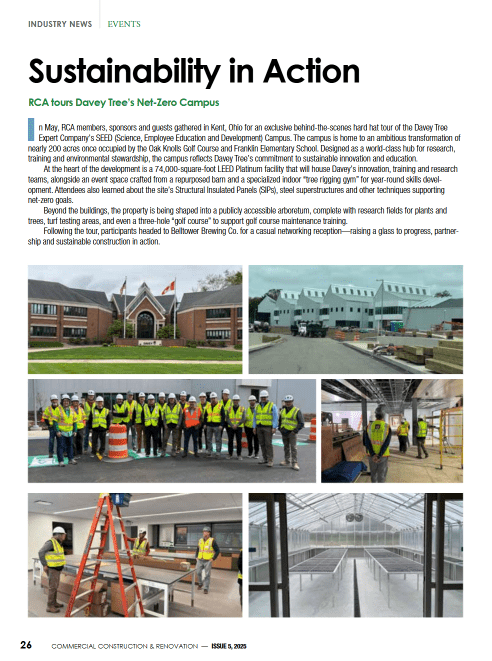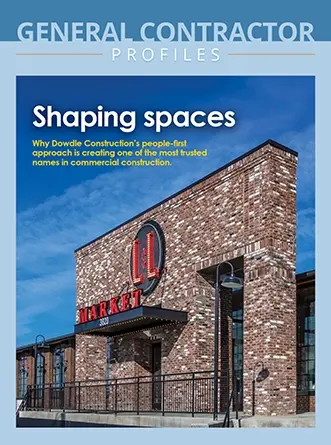The right air conditioner size plays a vital role in your home’s energy efficiency and comfort. Space heating and cooling takes up more than 50% of residential energy consumption in Victoria. Your comfort and energy bills depend a lot on picking the correct air conditioner size.
Room size in square metres serves as the basic factor to determine the perfect air conditioner for your space. You’ll typically need about 1.25-1.7 kilowatts of power for every 10 sqm with standard ceiling heights. But there’s more to consider. Good insulation and window placement affect your choice by a lot. Windows can let in up to 87% of a room’s heat. While an air conditioning room size calculator helps, it’s just the first step. This piece covers the ideal air conditioner sizes for various room dimensions. You’ll learn about the risks of incorrect sizing and get a detailed guide for Adelaide air conditioning.
Understanding What Affects Air Conditioner Size
Picking the right size air conditioner isn’t just about measuring your room’s floor area. Square meterage helps you start, but you’ll need to look at several other factors that affect how much cooling power you need.
Your ceiling height makes a big difference in what you need. Australian homes typically have 2.4-metre ceilings, but taller ceilings mean more space to cool. Rooms with 2.7-metre ceilings need 160 watts per square metre instead of the usual 150 watts. The power requirement jumps to 175 watts per square metre for 3-metre ceilings.
The quality of your insulation can make or break your air conditioning setup. Better-insulated rooms keep temperatures stable and might let you get away with a smaller unit. Your ceiling’s insulation matters most when it comes to air conditioning needs. You should think about adding proper insulation before buying an air conditioner – you’ll save money in the long run.
Where you live makes a vital difference. Homes in Western Australia’s heat need more cooling power than those in Tasmania’s milder climate. A room in Darwin needs a much more powerful unit than a similar room in Hobart.
Which way your room faces can change your cooling needs. North-facing windows let in more heat since the sun’s path tilts northward in Australia. Rooms with west-facing windows heat up more in the afternoon sun, so they need more cooling than south-facing rooms that stay cooler naturally.
Windows are a huge factor in heat gain – they can let in up to 87% of a room’s heat. You might need to add several kilowatts to your air conditioner size for bigger windows or ones that don’t block heat well. On the flip side, high-quality thermal windows might let you choose a smaller unit.
Building materials play their part too. Brick homes hold heat better than weatherboard ones, so they often need less powerful units to keep temperatures steady.
How to Calculate the Right Air Con Size
The quickest way to calculate your air conditioner’s size follows a step-by-step process that will give a perfect performance. You can multiply your room’s square meterage by a wattage factor and convert it to kilowatts.
Basic room size calculation:
- Measure your room’s length and width in metres
- Multiply these measurements to get the area in square metres
- Apply the appropriate wattage factor based on ceiling height
- Divide the result by 1000 to convert watts to kilowatts
Rooms with standard 2.4-metre ceilings need multiplication by 150 watts. A factor of 160 watts applies to 2.7-metre ceilings, while 3-metre ceilings need 175 watts. A 20m² bedroom with standard ceiling height would need this calculation: 20m² × 150 watts = 3000 watts or 3kW.
Your quick reference guide shows rooms up to 20m² need 2-2.5kW units. Areas up to 40m² require 2.5-5kW, while spaces up to 60m² need 4-6kW. Rooms larger than 60m² should have 7-10kW capacity units.
Many online calculators can help you get more precise estimates. The FairAir calculator from the Australian Institute of Refrigeration, Air Conditioning and Heating stands out because it factors in insulation, window orientation, and local climate.
Your home’s construction materials play a crucial role in sizing requirements. Class A homes with good insulation, brick veneer, and shaded windows can use smaller units. Class D homes that have poor insulation and large unshaded windows need bigger units. A 5kW unit cools 51m² in Class A homes but manages only 30m² in Class D properties.
These calculations offer good estimates but serve as starting points. A qualified air conditioning specialist should assess your home’s specific conditions. They evaluate window types, orientation, and regional climate – details that DIY calculations might overlook.
A correctly sized system reduces energy bills and provides optimal comfort throughout your home.
Why Getting the Size Right Matters
Getting the right size air conditioner is a vital part of home comfort that affects your wallet and the environment. Both oversized and undersized units create problems you can easily avoid with proper sizing.
Your undersized air conditioner won’t meet your cooling needs. It runs non-stop without reaching the temperature you want. This endless operation puts extra wear and tear on the unit and cuts its life short. You’ll watch your energy bills go up as the system works overtime. These units can use up to four times more electricity than a properly sized one. You’ll also notice hot spots throughout your home because the system can’t spread cool air evenly.
An oversized air conditioner comes with its own issues. The unit cools your space too fast and shuts off before finishing a complete cycle. HVAC professionals call this “short cycling”. The system doesn’t run long enough to remove humidity from your home, which leaves you with a cold but clammy space. High humidity creates perfect conditions for mould to grow, and this affects your health and home.
The right sized air conditioning gives you real benefits:
- Energy efficiency – Units that fit your space work at their best, which cuts energy use and utility bills
- Consistent comfort – You get even temperatures everywhere without hot or cold spots
- Improved air quality – Good humidity control stops mould growth and helps you breathe better
- Extended equipment life – Less stress on parts means fewer repairs and a longer-lasting system
Money matters too. A bigger unit might seem safer but costs more upfront and increases your long-term expenses through higher energy bills and repairs. A smaller unit might save money now but will cost you much more to run and maintain.
The sweet spot in air conditioner sizing balances cooling power and efficiency. Getting this right will give you the best performance, comfort, and value for years to come.
Conclusion
The right air conditioner size is vital for your home’s comfort and running costs. This piece explores how much more than room measurements can affect your air conditioning needs. Your ceiling height, insulation quality, window placement, and location all play a vital part in finding the perfect unit size.
Getting the size wrong creates many problems. Units that are too small will constantly struggle. They wear out quickly and fail to cool your home properly. Systems that are too big will short cycle. This creates uncomfortable humidity levels and might even cause mould to grow. Taking time to get your calculations right will give a better return through lower power bills and better comfort.
Simple calculations give you a good starting point. You need about 1.5kW for every 10 square metres with standard ceiling heights. But talking to qualified specialists will give a full picture of your specific situation.
The right size brings great results. Your home stays at steady temperatures with better air quality. Your equipment lasts longer and uses less power. Getting the size right now means years of comfort and efficiency ahead.
Power costs keep going up, which makes properly sized air conditioning more important than ever. Planning carefully today will strike the perfect balance between cooling power and running costs. Now you have all the information to pick the right air conditioner size for your home’s unique needs.




























